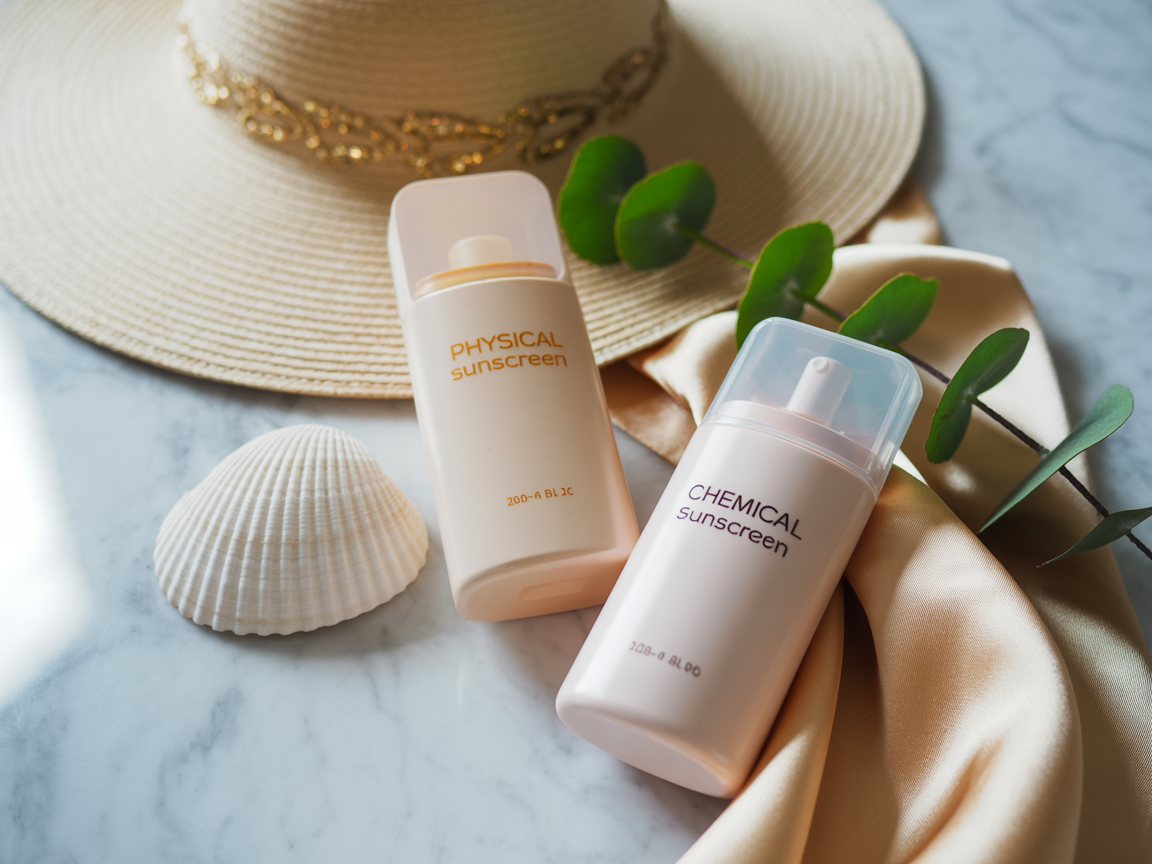
Your Ultimate Sunscreen Guide: Choosing the Perfect Protection
When it comes to selecting a sunscreen, having a comprehensive guide can make all the difference. This guide will walk you through the key considerations for choosing a safe and effective sunscreen that meets your individual needs.
1. SPF (Sun Protection Factor)
Understand the importance of SPF and how it measures protection against UVB rays.
- What is SPF? – SPF measures a sunscreen’s ability to protect against UVB rays.
- How does it work? – A higher SPF offers greater protection against UVB rays.
2. Broad Spectrum
Learn why broad-spectrum protection is essential for shielding your skin from both UVA and UVB rays.
- What is broad-spectrum protection? – Protection against both UVA and UVB rays.
- Why is it important? – Broad-spectrum protection ensures comprehensive coverage.
3. PA Rating
Discover the significance of the PA rating and how it evaluates a sunscreen’s effectiveness in blocking UVA rays.
- What is the PA rating? – A Japanese standard that measures a sunscreen’s effectiveness in blocking UVA rays.
- How does it work? – A higher PA rating indicates greater protection.
4. Water-Resistant Formulation
Find out why water-resistant sunscreens are a must-have for activities that involve water or sweating.
- What is water-resistant formulation? – A sunscreen that remains effective even when exposed to water or sweat.
- Why is it important? – Water-resistant sunscreens provide longer-lasting protection.
5. Natural Ingredients
Explore the benefits of natural ingredients in sunscreens, including hydration and moisturization.
- What are natural ingredients? – Ingredients derived from natural sources.
- What are the benefits? – Hydration, moisturization, and potential environmental benefits.
6. Skin Type
Consider your skin type and how it affects your sunscreen choice. Learn about the best options for sensitive skin, oily skin, and more.
- What are the different skin types? – Sensitive, oily, dry, and combination skin.
- How does skin type affect sunscreen choice? – Different skin types require different sunscreen formulations.
7. Environmental Impact
Understand the environmental implications of your sunscreen choice and how to make eco-friendly decisions.
- What are the environmental implications? – Some sunscreen ingredients can harm coral reefs and marine ecosystems.
- How can you make eco-friendly decisions? – Choose sunscreens with natural ingredients and minimal environmental impact.
8. Pregnancy and Health Considerations
Get informed about the potential risks associated with certain sunscreen ingredients during pregnancy or when donating blood.
- What are the potential risks? – Certain sunscreen ingredients may pose risks during pregnancy or when donating blood.
- How can you minimize risks? – Choose sunscreens with safe ingredients and consult with a healthcare professional.
Product recommendation 1
Product Recommendation 2
Product Recommendation 3
RELATED POSTS
View all


